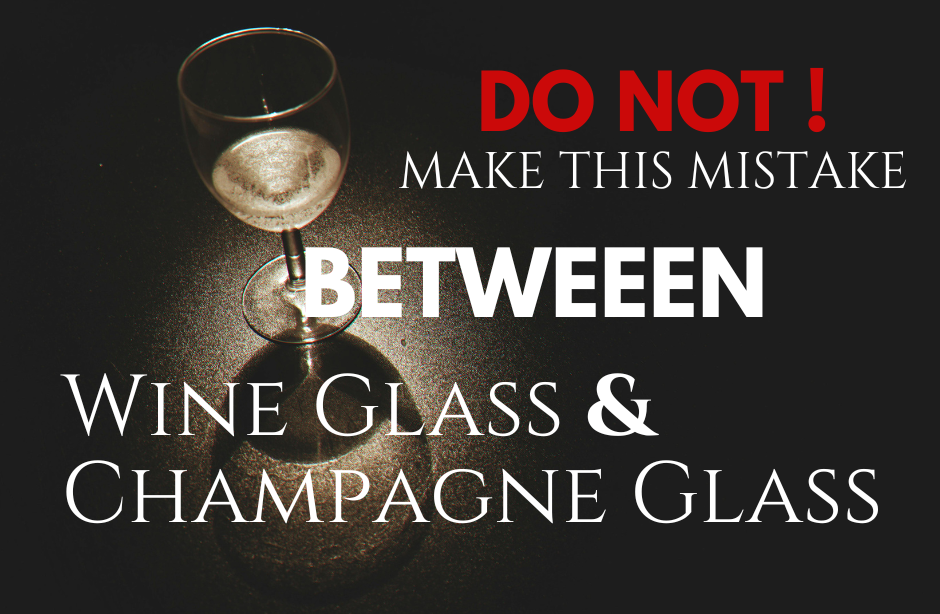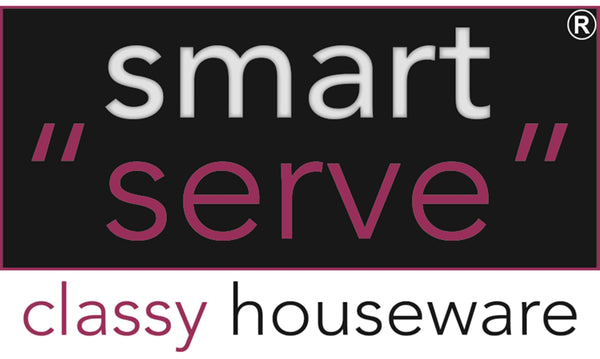
Do Not Make This Mistake: The Difference Between Wine Glasses and Champagne Glasses
Share
Introduction:
When it comes to enjoying your favorite bottle of wine or champagne, the type of glass you use can significantly impact your tasting experience. Many people mistakenly believe that a wine glass and a champagne glass are interchangeable. This is a common misconception that can detract from the unique characteristics of each beverage. Understanding the differences between these glasses and using them correctly can elevate your drinking experience. Let's explore why you should avoid this common mistake.
The Shape Matters
One of the primary differences between wine glasses and champagne glasses is their shape, which is meticulously designed to enhance the flavor, aroma, and overall experience of the drink.
Wine Glasses: These typically come in two main shapes: the bowl-shaped glass for red wines and the tulip-shaped glass for white wines.
The wide bowl of a red wine glass allows more oxygen to interact with the wine, enhancing its complex aromas and flavors. In contrast, the narrower bowl of a white wine glass helps maintain the cooler temperature of the wine and directs the aromas to the nose.
Champagne Glasses: Traditionally, champagne is served in a flute or a tulip glass. The flute's narrow and elongated shape is designed to preserve the carbonation of the champagne, allowing the bubbles to travel upwards gracefully.
This shape also concentrates the aromas, making for a more aromatic experience. The tulip glass, with a slightly wider bowl than the flute, also preserves carbonation but provides more space for the aromas to develop and be appreciated.
Preserving the Bubbles
Champagne is celebrated for its effervescence. The bubbles are not just visually appealing but also crucial to the overall sensory experience.

Using a wine glass for champagne can cause the bubbles to dissipate too quickly, leading to a flat and less enjoyable drink. The design of champagne flutes and tulip glasses helps retain the carbonation longer, ensuring that each sip is as refreshing and delightful as intended.
Enhancing Aromas
Aroma plays a significant role in the tasting experience of both wine and champagne. The larger bowl of a wine glass allows for swirling, which helps release the wine's aromas.
On the other hand, the narrow opening of a champagne flute or tulip glass focuses the delicate, often subtle, aromas towards the nose, enhancing the sensory experience.
Temperature Control
Temperature can dramatically affect the taste of both wine and champagne. Red wines are usually served at room temperature.

On the other hand, white wines and champagnes are best enjoyed chilled.

The smaller bowl of a champagne glass helps keep the drink cooler for longer, while the wider bowl of a wine glass can allow red wines to breathe and develop more complex flavors at a warmer temperature.
The Experience
Finally, part of the joy of drinking wine or champagne is the overall experience. Using the right glass not only improves the taste and aroma but also enhances the visual appeal and the ritual of drinking.

The elegant shape of a champagne flute or the refined contours of a wine glass add to the aesthetic pleasure, making the moment more special.
Conclusion
In summary, while it might be tempting to use any glass at hand, do not make the mistake of using wine glasses and champagne glasses interchangeably. Each type of glass is specifically designed to enhance the unique characteristics of the beverage it is meant for. By choosing the appropriate glass, you respect the drink’s integrity and elevate your tasting experience. So, next time you pour yourself a glass of wine or champagne, take a moment to select the right glassware. Your taste buds will thank you!




